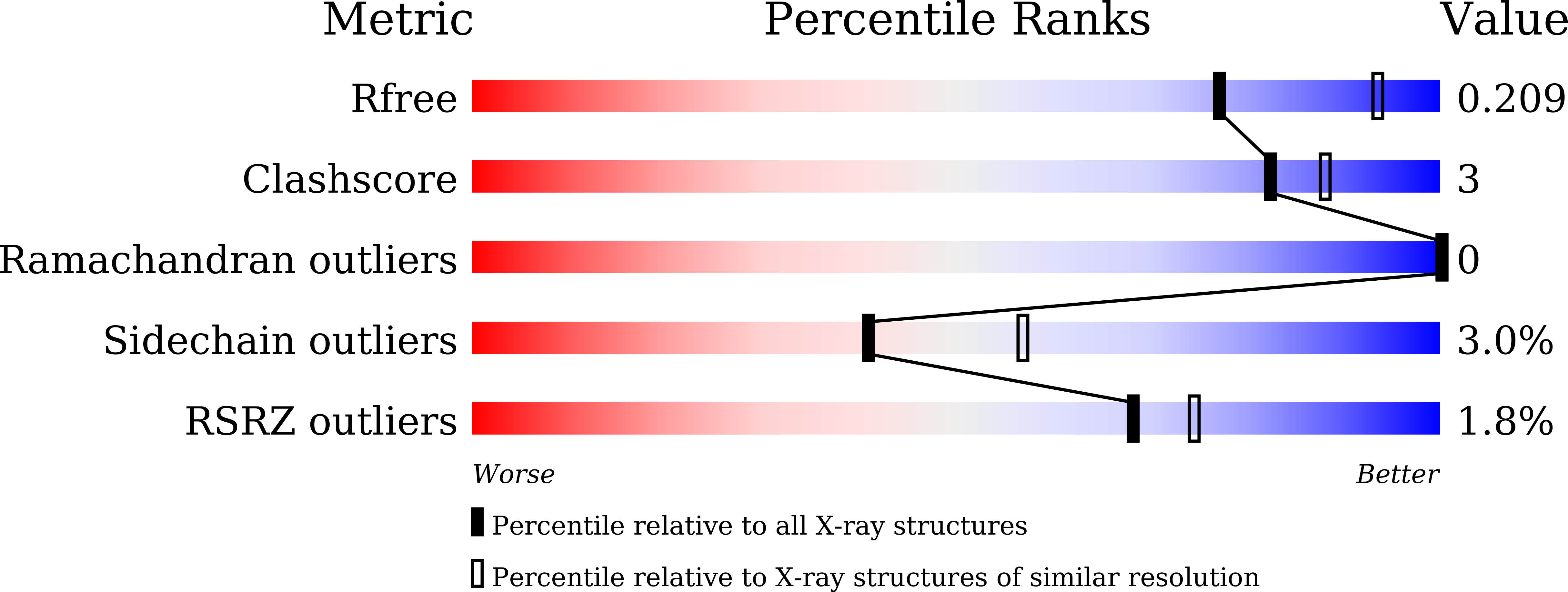Abstact
HadA is a flavin-dependent monooxygenase catalyzing hydroxylation plus dehalogenation/denitration, which is useful for biodetoxification and biodetection. In this study, the X-ray structure of wild-type HadA (HadAWT) co-complexed with reduced FAD (FADH-) and 4-nitrophenol (4NP) (HadAWT-FADH--4NP) was solved at 2.3-Å resolution, providing the first full package (with flavin and substrate bound) structure of a monooxygenase of this type. Residues Arg101, Gln158, Arg161, Thr193, Asp254, Arg233, and Arg439 constitute a flavin-binding pocket, whereas the 4NP-binding pocket contains the aromatic side chain of Phe206, which provides π-π stacking and also is a part of the hydrophobic pocket formed by Phe155, Phe286, Thr449, and Leu457. Based on site-directed mutagenesis and stopped-flow experiments, Thr193, Asp254, and His290 are important for C4a-hydroperoxyflavin formation with His290, also serving as a catalytic base for hydroxylation. We also identified a novel structural motif of quadruple π-stacking (π-π-π-π) provided by two 4NP and two Phe441 from two subunits. This motif promotes 4NP binding in a nonproductive dead-end complex, which prevents C4a-hydroperoxy-FAD formation when HadA is premixed with aromatic substrates. We also solved the structure of the HadAPhe441Val-FADH--4NP complex at 2.3-Å resolution. Although 4NP can still bind to this variant, the quadruple π-stacking motif was disrupted. All HadAPhe441 variants lack substrate inhibition behavior, confirming that quadruple π-stacking is a main cause of dead-end complex formation. Moreover, the activities of these HadAPhe441 variants were improved by ⁓20%, suggesting that insights gained from the flavin-dependent monooxygenases illustrated here should be useful for future improvement of HadA's biocatalytic applications.



